DHI Hair Transplant
- Home
- DHI Hair Transplant
(Direct Hair Transplant) method
In the DHI hair transplant method, the collected hair is planted directly in the area. The tools called “DHI pens” are used in this method, which does not require opening canals beforehand. After we put the hair inside these pens, it implants them directly in the area. By this, because it opens the canals exactly the size of the graft, there are fewer transplantation marks and bleeding.
The entire procedure is performed under local anesthesia.
- Most advanced method
- Bleeding is almost non-existent
- Hair shaving is not necessary
- Does not cause any scars
- More natural appearance
Hair Clinic PRIVE
Fly to Poland – Gdansk
You will reach our clinic in a very simple and fast way !
You can fly to Gdansk from 18 European countries and 59 airports!
- Best Prices in Europe
- European Surgeon
- Free Airport Transfer ( 15 min)
- Location : the very center of the old town Gdańsk
- Great Tourist Location






Direct Hair Implantation
What does the DHI procedure look like?
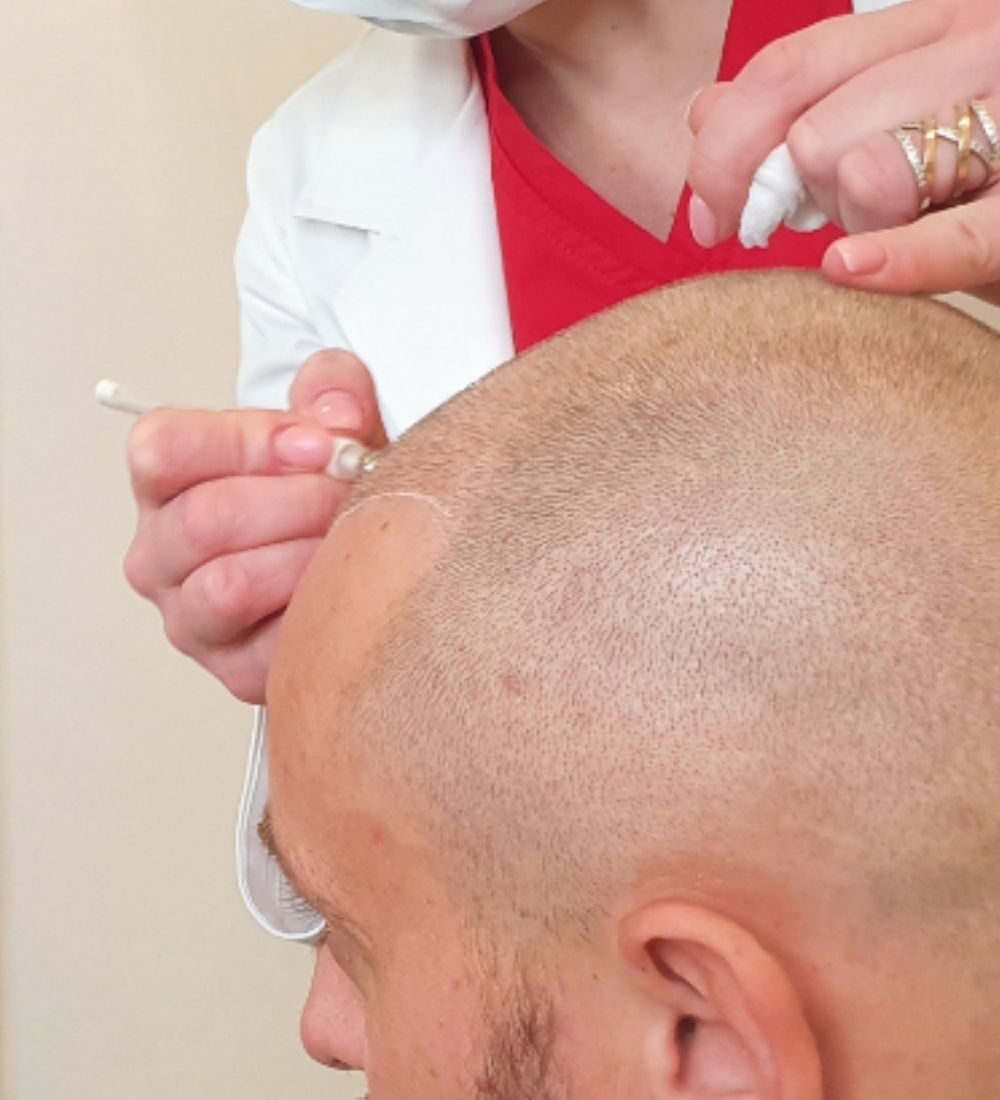

Medical Consultation
Based on the conversation, the doctor will determine the quality of the donor area and determine the number of grafts that can be transplanted. A recommendation for the method of surgery will also be made. The key consultation takes place in the clinic, before the procedure. This is when the hairline and grafting zones will be determined. A thorough medical history and photographic documentation will be taken.
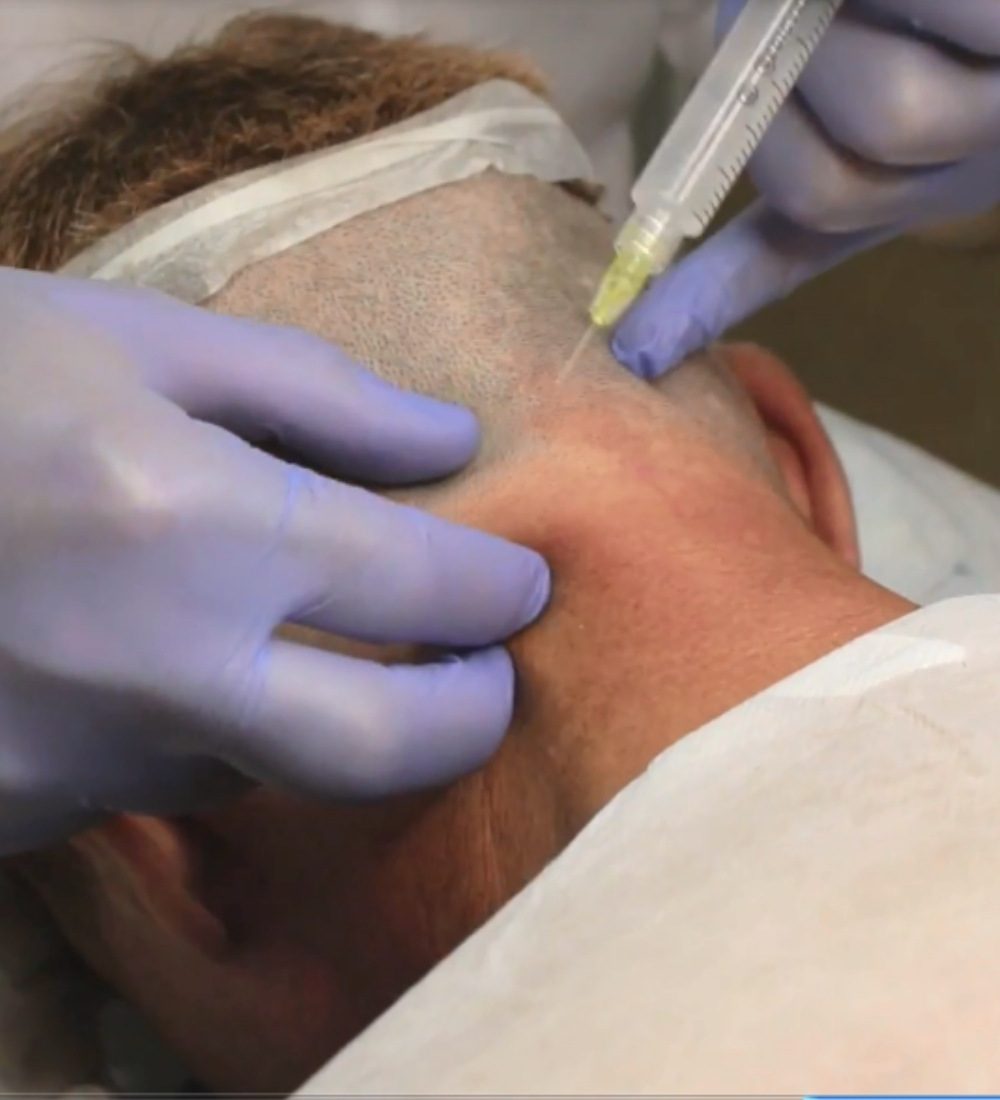

Local anesthesia
The anesthesia will be applied to the scalp where the hair will be removed, and to the area that the hair will be transplanted to.
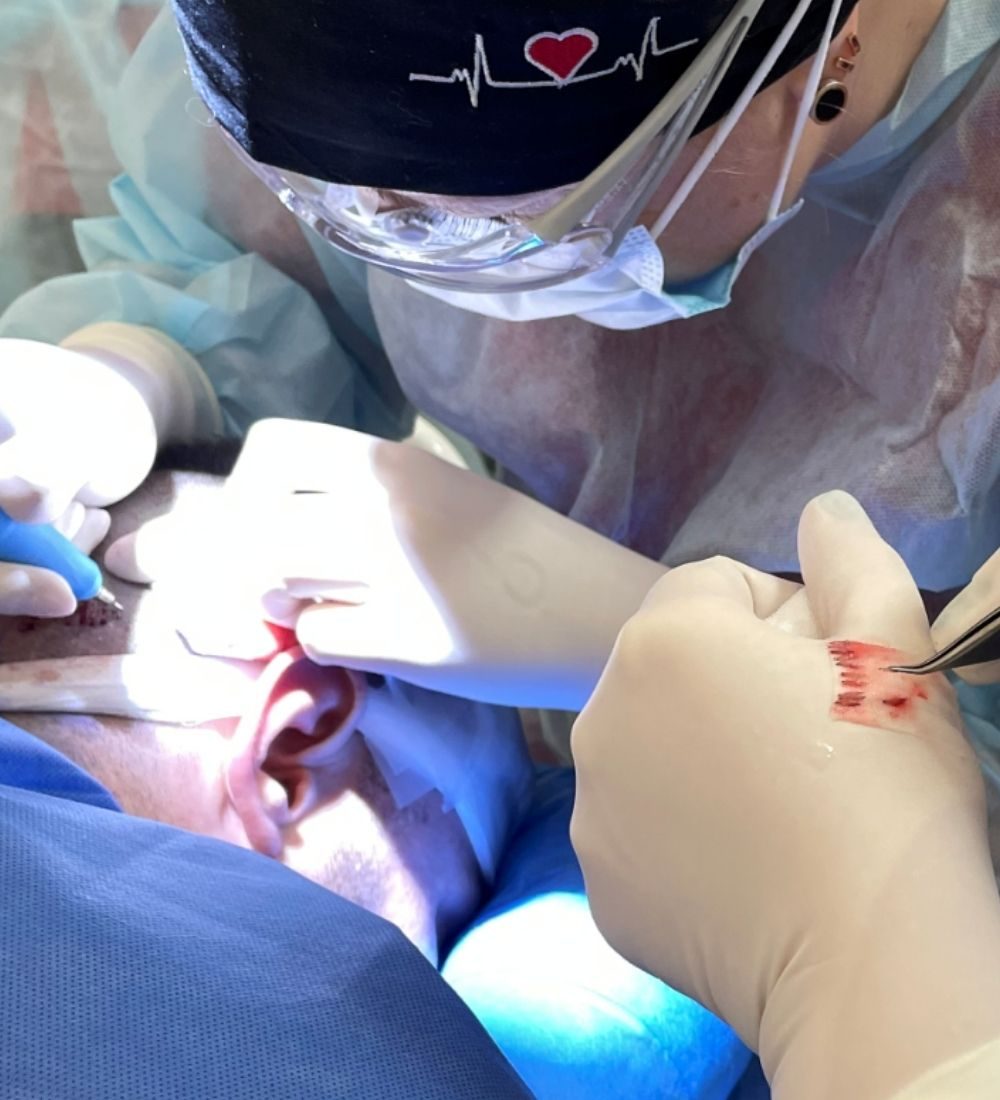

Extracting the donor hair
When you are settled in, the procedure will begin by taking donor hairs (usually found on the back and sides of the scalp, where hair is fuller). Individual hair follicles are removed, usually 1 to 4 hairs. These follicles are removed using a microsurgical extraction tool, 0.6 mm to 1.0 mm in diameter. Once the doctor has removed enough hair follicles, the follicles are prepared for transplantation.
At this time, you will be able to take a break in one of our patient rooms. During your break, you will be able to relax, watch TV, and we can bring you lunch.
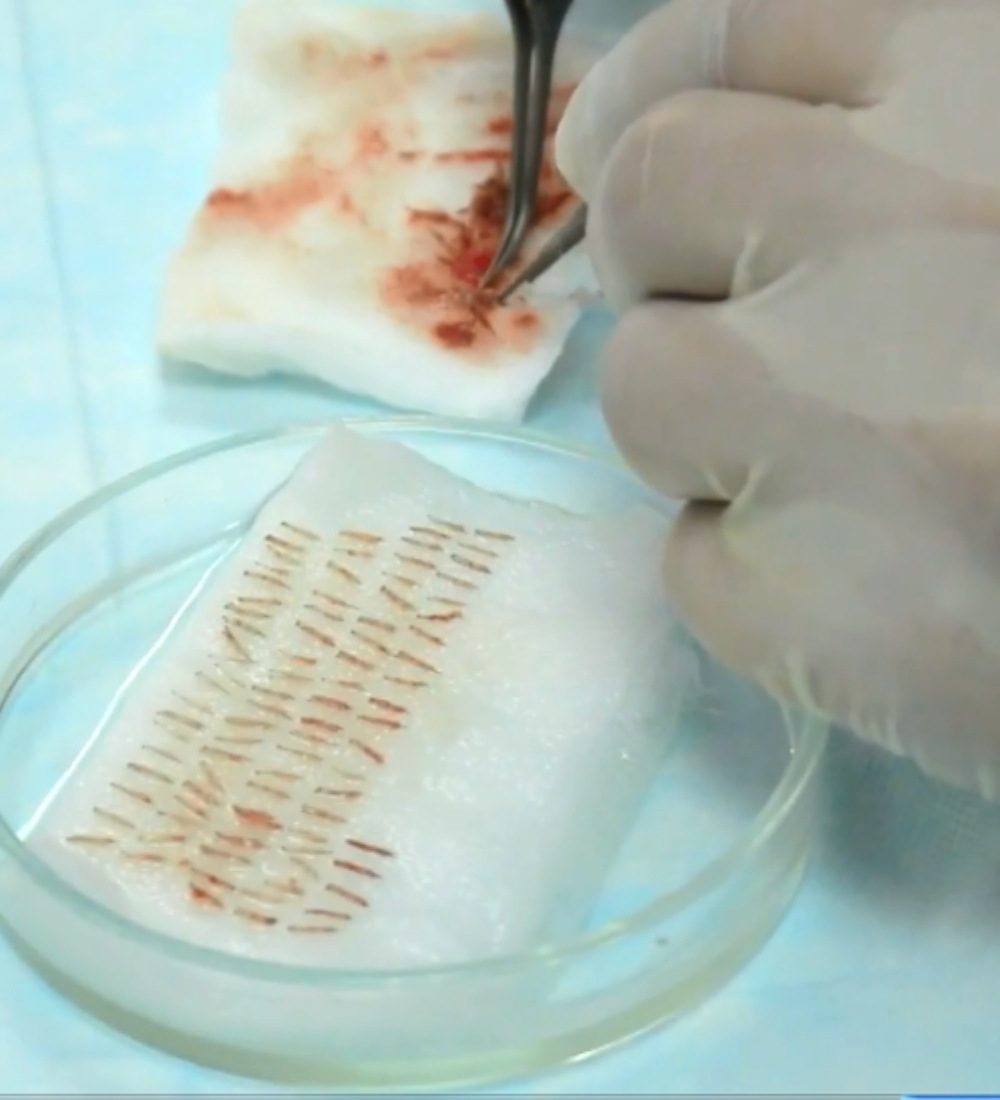

Preparation of Follicular Units
Directly after collection, the follicular units are placed in a special solution that ensures their viability. One member of the team begins to prepare them under the magnification of a stereoscopic microscope. Correct preparation and maintenance of the alveolar units are essential to the success of the transplant.


Implementation of Follicular Units
During this phase of the procedure, anesthesia is applied to the recipient area and micro-incisions are made through which the follicular units will later be implanted.
Incisions are made using penetration blades made of sapphire crystal. Due to the delicacy of the sapphire blades and the precision that can be achieved, the scalp is less likely to be damaged and injured, reducing any bleeding, leading to faster recovery and less scarring. The depth of the incision is exactly the same as the length of the follicular unit, thus avoiding damage to the blood vessels present in the scalp.
Incisions determine the future angle and direction of hair growth, which will be similar to the natural hair present in the recipient area.
We use precision instruments called implanters to place the follicular units in the recipient area.
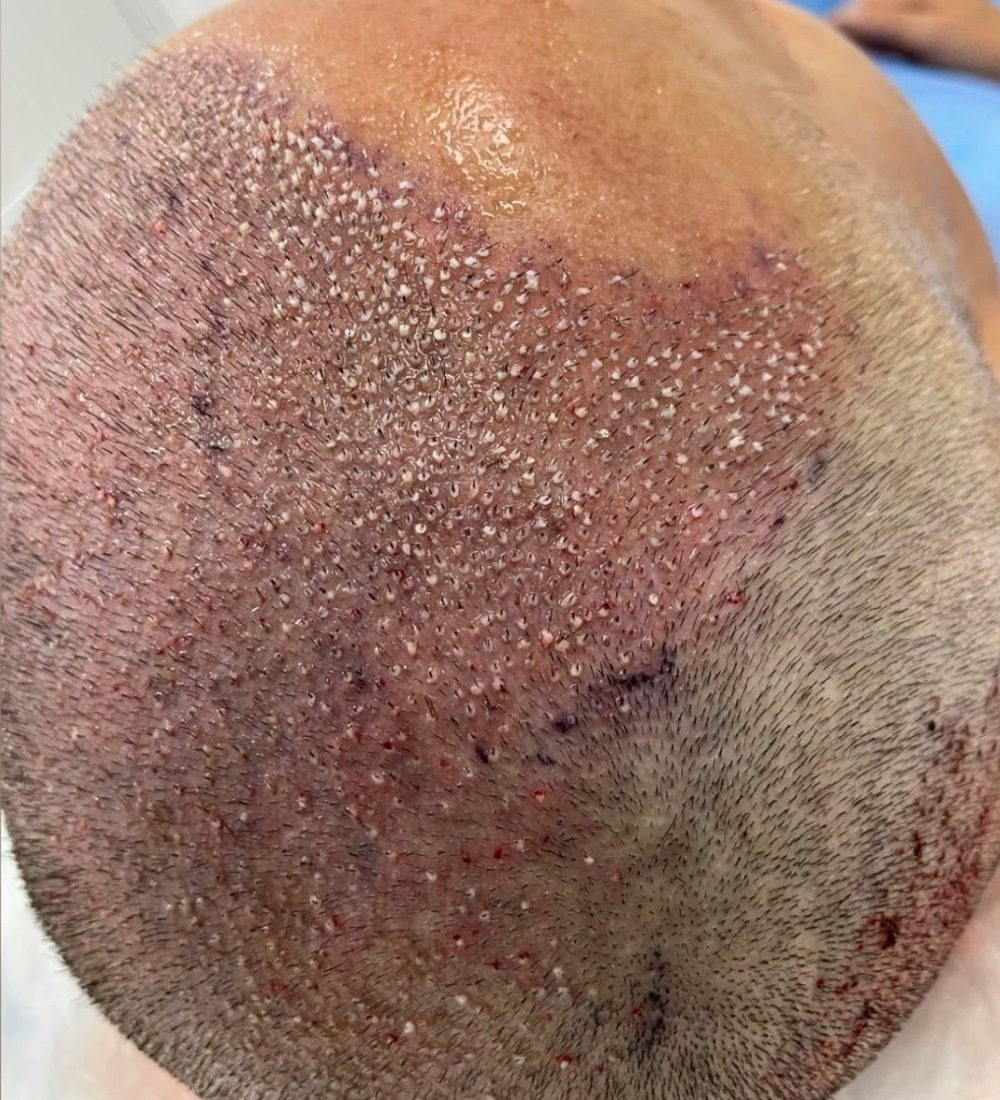

Post-Transplant Procedure
Approximately 80% of the transplanted hair falls out between the third and sixth week after the procedure, leaving its roots inside the scalp.
From these roots Regrowth begins 3 to 4 months after the procedure.
Since transplanted hair does not contain the genetic code for alopecia, it does not have the same tendency to fall out, resulting in long-lasting results.
About Us
Dr Mariana Myslovych
Mariana is a hair transplantologist with 14 years of experience in surgery. Author of 11 patents of Ukraine on utility model. More than 14 printed publications, 4 reports at international conferences in the field of plastic and vascular surgery.
Attended and participated in many conferences and workshops abroad in Turkey, Finland, Czech Republic and Israel.
Hair transplantation expert
Dr Mariana and his team of experts will be determined to use the perfect method and the latest technology for you to have a a successful and natural looking hair transplant.
Trichologist
Trichologist with many years of experience in treating hair loss.
Member of the Association of Trichologists of Ukraine
Dermatologist
In 2011 - obtained certificate in "Dermatovenereology" She is a member of the All-Ukrainian Association of Dermatologists

Dr Mariana Myslovych
Hair transplantation



About Us
Hair Clinic
We exist since 2012. We are located in the very center of the old city of Gdansk. With modern treatment rooms with all conveniences to improve the comfort of your treatment. Our location will make your hair transplantation procedure comfortable without spending hours travelling to distant countries like Turkey.
In Europe. In EU
Safe treatment and travel.
We are only an hour away from you.
You can reach us by plane in about an hour from most European capitals
15 minutes from the airport
And abot 1 minute form HOTEL.
Airport transfer included
We will pick you up from the airport and bring you to the clinic
Excellent tourist location
Gdansk is a historic city by the sea with a large list of attractions. It is a great tourists destination.
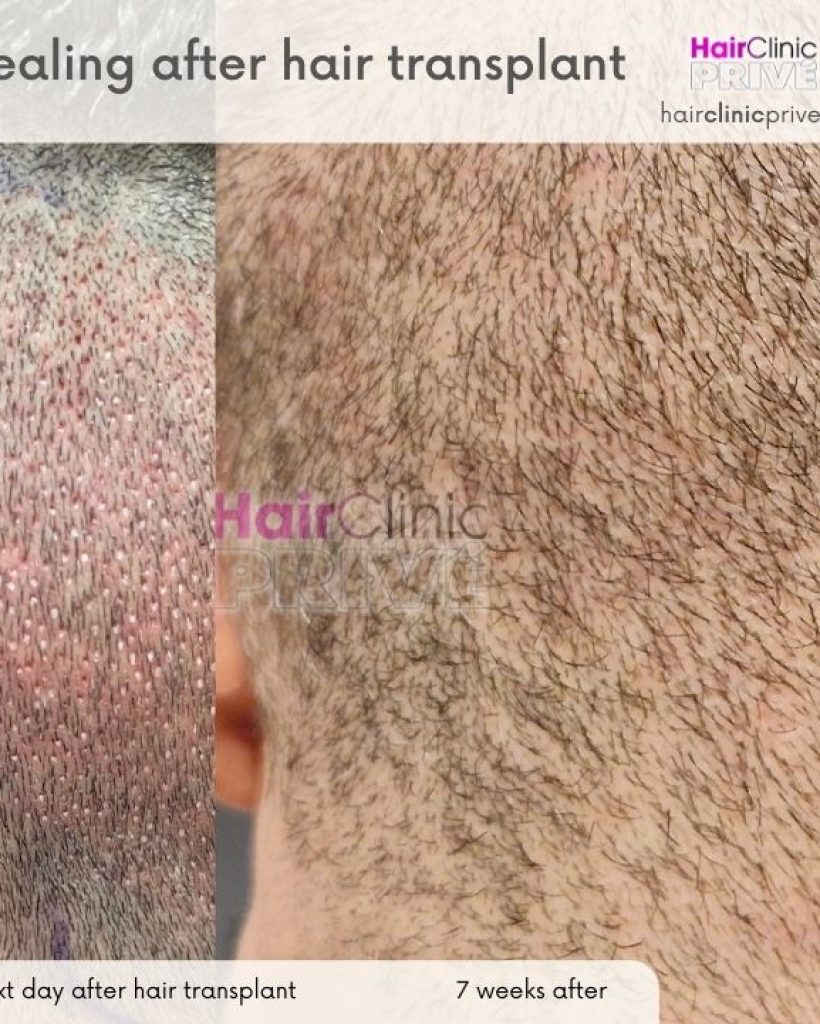
NO SCARS
FAQ
How does the hair transplant donor site look when it has healed?
In FUE / DHI, no strands are removed; each hair follicle is instead removed with a tiny, round surgical puncture. That means there is no linear scar, and patients can usually cut their hair as short as they want without much cosmetic impact to the donor area, as long as the total number of follicular units is limited. But does that mean no scarring at all? Well, there is no magic formula because the more that is removed from the donor area, the more likely it is that scarring will become visible, even with FUE. So there is a limit to what can be removed in each procedure, such as using larger punches or removing two adjacent follicular units in the same procedure to prevent voids.
Preparation for DHI procedure
- Necessary blood tests: complete blood count, electrolytes, APTT and PT
- Aspirin and acetylsalicylic acid derivatives should not be used 2 weeks before the planned surgery
- Iif you are taking anticoagulants, please visit your doctor for a consultation and possible withdrawal of medication for the time before and on the day of the surgery
- Smoking. It is recommended to limit smoking 3-4 days before the procedure
- The day before the procedure wash your hair with a normal shampoo. Do not apply gels or hair spray.
- The treatment is performed under local anaesthesia so you can have breakfast before the procedure
- You should stop taking Minoxidil a week before the procedure
- You should not shave your head before the procedure as it is important to be able to see the natural hairstyle and examine the hair structure.
- On the day of the treatment, wear clothing that can be unbuttoned or zipped so that you do not have to put it over your head.
After the DHI hair transplant procedure
- After the FUE-DHI procedure the patient can almost immediately return to normal home life.
- After the procedure, a dressing is placed on the donor area, which can be removed the next day. The graft harvesting sites will still be visible and need to be kept clean and cared for like an ordinary harmless cut.
- There may be some swelling and redness at the implanted graft sites for the first 2 days. During this time the only things to remember are: taking medication, not touching the recipient area and spraying the grafts with saline solution. We will give you all the necessary and detailed instructions and accessories before you go home. However, at any time we will be at your disposal in case of any doubts and questions.
DHI Metod - Question's
For answers to questions about FUE and hair transplantation in general, we encourage you to read our blog
The DHI hair transplant varies between 4 and 12 hours. It is a time-consuming method because the hair follicles are placed one by one.
After the surgery, the patient leaves the hospital the same day of the operation. The doctor determines when the patient can wash his head.
Lorem ipsum dolor sit amet, consectetuer adip
The DHI hair transplant process is an easy treatment method.
The examination and dressing are done the next day.
During the first week, the dressing may be repeated depending on the patient's condition.
Within a few weeks, there is hair growth and loss that is temporary.
This is followed by hair regrowth, this hair is now permanent.
The healing process varies from person to person, natural looking hair and healthy growth takes 6 to 18 months....
- No incisions or stitches are made in the DHI technique.
- It doesn't cause excessive bleeding.
- Recovery process takes a short time.
- It gives very natural results because the process is done by experts.
- It is a high-quality transplantation strategy.
- The hair planted can be used for a lifetime and there is no loss is experienced again in the same area.
- Sleeping Flat
- Ignoring Your Labels
- Scrubbing Your Hair or Shower
- Dyeing Your Hair
- Forgetting to Drink Water
- Assuming Your Hair Won’t Fall Out
- Applying Ice Directly to the Scalp
- Soaking Up the Sun
- Wearing ball cap
- Sweating It Out
- Drinking and Smoking
In hair transplantation, it is important to identify and modify the factors that affect graft survival. Important factors include the patient’s health, hair characteristics and the operative techniques. According to several studies that have been conducted, the survival rates of hair grafts were approximately around 90% up to 100%.
You need to be very cautious for the first two weeks after hair transplantation. This is because grafts are not fixated immediately after transplantation. After 2 to 5 days, if any bandages are placed, they can be removed, but don't touch the grafts.
It is possible for a graft to fall out after a transplant, but this is extremely uncommon. If it happens, it usually only occurs within the first day or two after the procedure, and it is accompanied by some bleeding. ... Instead, they should gently tap the transplanted area to get it as clean as possible.
After DHI and fue subgroup hair transplantation treatment or hair restoration surgery, it takes about 7 to 10 days for the grafts to fully bind to their new position. It is necessary to avoid manipulating or compressing them until the grafts achieve this permanence.
The DHI method has a faster recovery period and can be performed with less bleeding compared to the FUE method. The FUE method is ideal for covering large areas, whereas the DHI method provides a better possibility for achieving higher density.
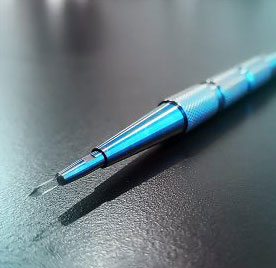
sapphire fue
Sapphire FUE Hair Transplant
The Follicular Unit Extraction (FUE) method is one of the most modern and widely used hair transplant techniques that provides natural-looking results. It has been recently taken a step further with the use of sapphire blades. The FUE method with sapphire blades is not a new technique, but rather an innovation in an already reliable process.
Sapphire FUE versus Classic FUE
The difference between Sapphire FUE and Classic FUE regarding the opening of the microchannels
Sapphire FUE grafts are performed using blades made from a gemstone called sapphire, instead of the steel blades used in regular FUE grafts. Sapphire blades are especially useful for creating incisions at the recipient site. The blades are designed to minimize scab formation and speed up the wound healing process by opening smaller microchannels in the recipient site for hair transplantation.
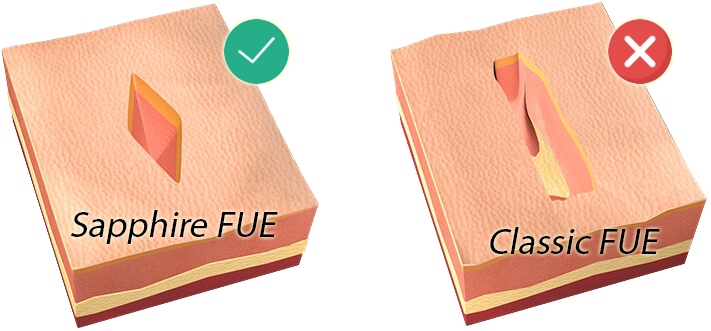
FUE
The most advanced techniques of hair transplantation
WHAT IS THE FUE TECHNIQUE?
Fue is a hair transplantation technique that was developed during the introduction of modern hair implantation technologies and allows hair transplantation in an untraceable and intense way.
WHAT IS THE DHI TECHNIQUE?
Direct Hair Implantation (DHI), also known as no-shave hair transplantation, is the most advanced hair transplant technique. DHI provides complete and total control over the angle, direction and depth of implantation of individual hair follicles so that the end result always looks as natural as possible.
What are the differences between Fue and DHI hair transplant techniques?
-DHI gives us the ability to place hair without damaging the hair follicle.
-The Fue technique can be used on larger areas, while the DHI technique can be used more frequently and intensively.
-Although the Fue method and DHI method are basically similar, the DHI method uses the Choi pen and the Fue method uses special punch tips.
-Because the DHI method uses individual planting with a pen, the planting process takes longer than the Fue method.
-Contact us for details to decide which technique is more suitable for your expectations.
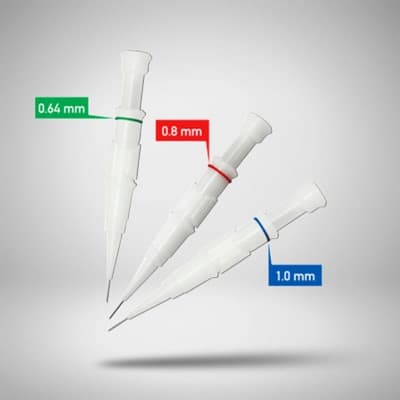
Pricing Plans for FUE Hair Transplants
Affordable Pricing Plans
Exact prices will be adjusted to the individual needs of each client, below are the most accurate prices possible.
The term "graft" in common use is synonymous with the hair follicle from which hair shafts grow. Grafts can usually be divided into single and multiple (the latter containing 2-4 hair shafts).
FUE Head Hair Transplant
Start Now
Three Steps Consultation & Quotation
Our team of talented surgeon and nurses combine their experience with the most innovative and high quality technologies that all our clients can trust. It allows us to provide incredibly natural hair regrowth results, in a hassle-free and simple procedure that our clients can enjoy.
1. Send Photos of Your Hair
Upload a few selfie photos of specific regions of your head.
2. Receive Your Quotation
Learn the hair transplant cost by the Hair Transplant Doctors.
3. Recive Information About Your Trip
A surgeon with many years of experience is a guarantee of natural hair regrowth results.

We'd love to hear from you
Booking a consultation
All the detailed information about the price and the number of grafts required for the procedure will be provided after the first consultation with our qualified specialist.

